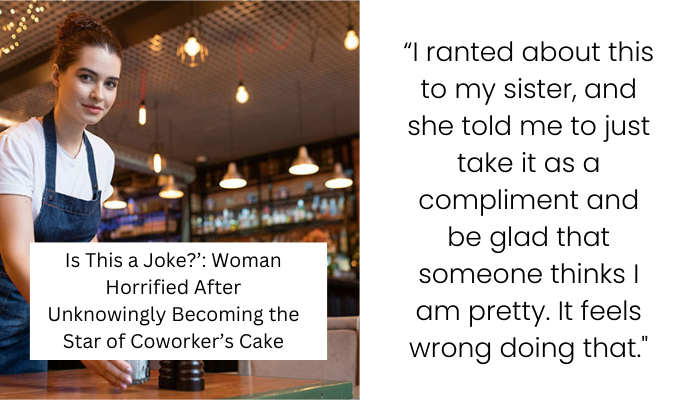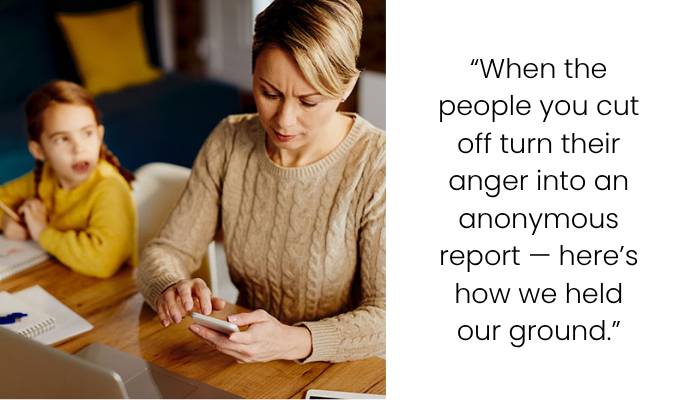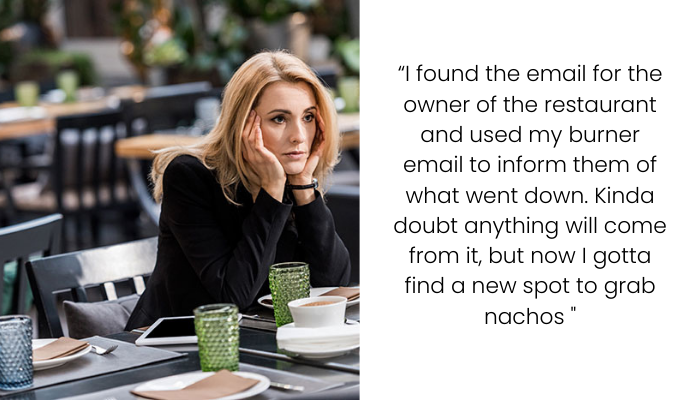Is This a Joke?’: Woman Horrified After Unknowingly Becoming the Star of Coworker’s Cake
In today’s digital age, the boundaries between personal and professional lives are increasingly blurred, especially with the pervasive use of social media. A recent incident at a diner highlights the complexities of this intersection. A 22-year-old waitress discovered that her 18-year-old coworker had included her image in a “hear me out cake” video—a trend typically involving fictional characters—without her consent. This unauthorized use of her likeness, accompanied by inappropriate comments, left her feeling violated and uncertain about her next steps. The situation underscores the importance of understanding workplace harassment laws, employee privacy rights, and the implications of social media conduct among colleagues.
Maintaining a professional relationship is generally someone’s best bet

But one woman learned her coworker made a video placing a photo of her on a “hear me out” cake






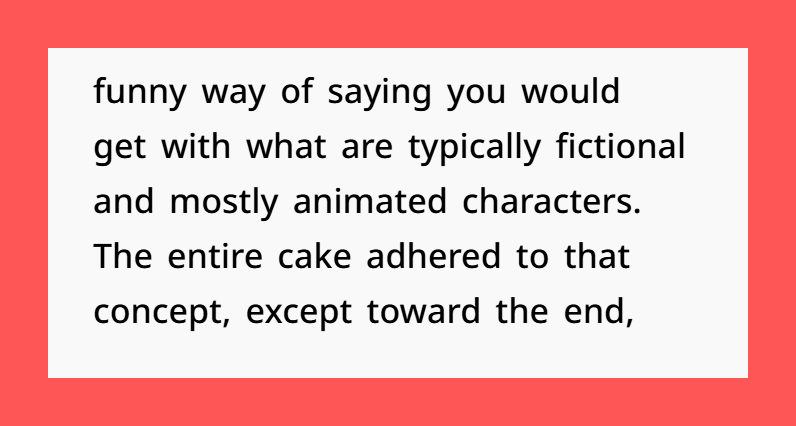

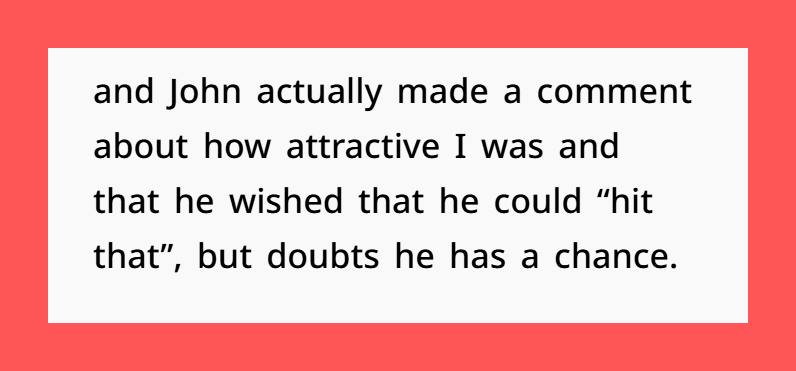

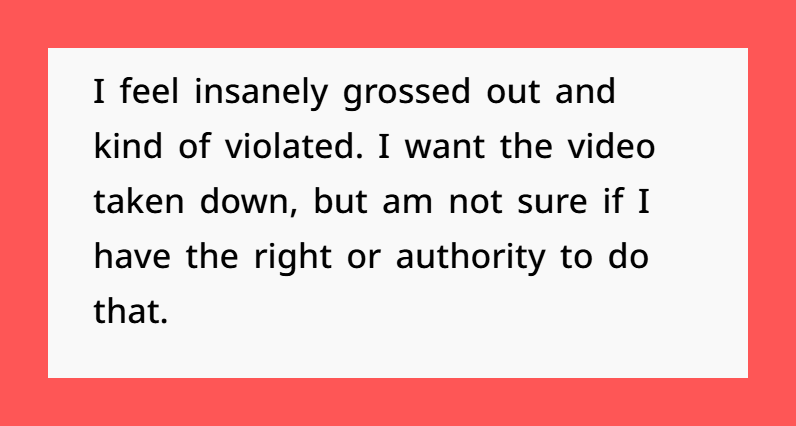
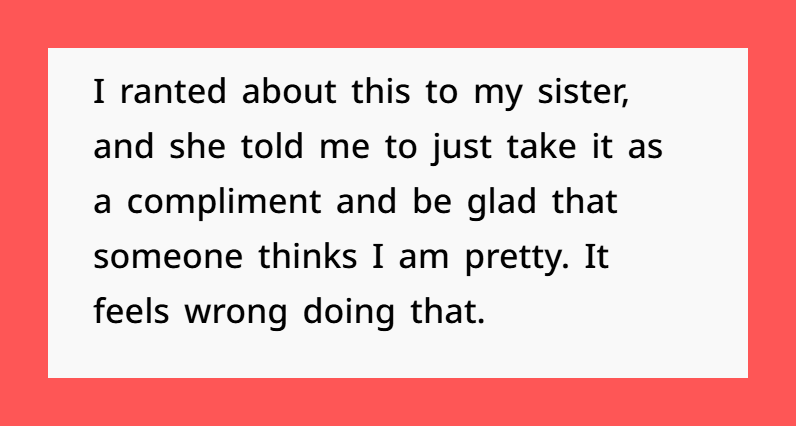



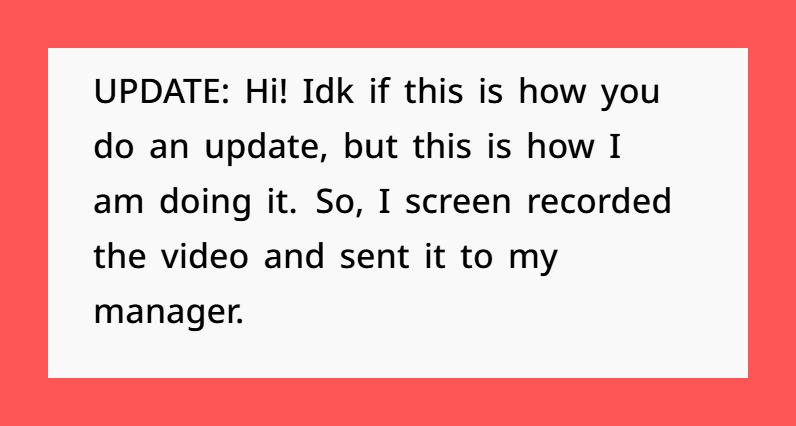
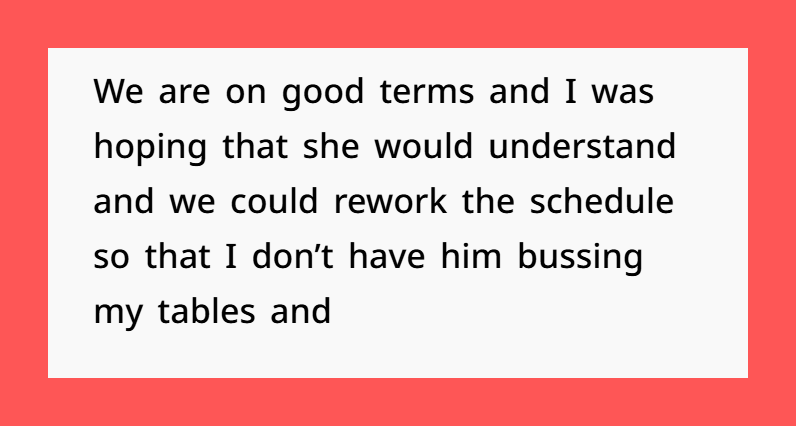
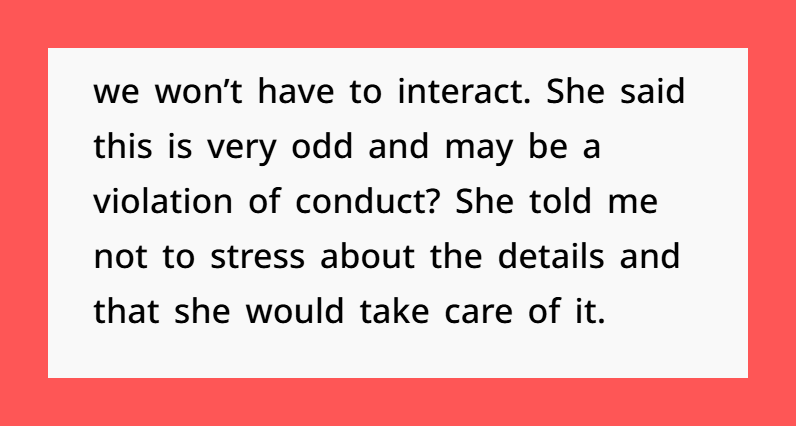

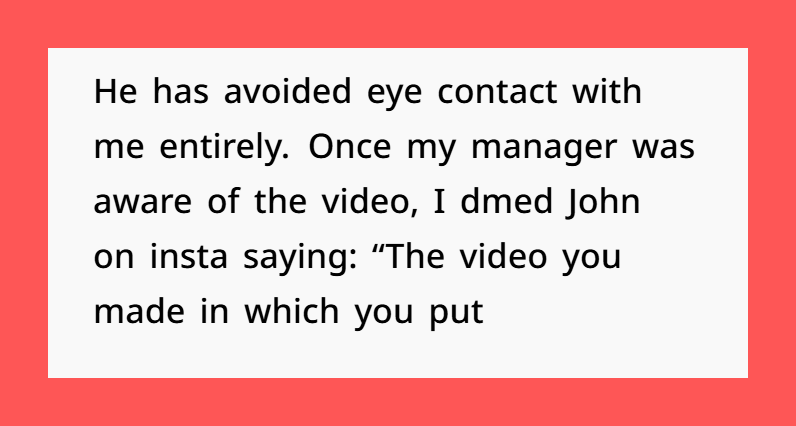

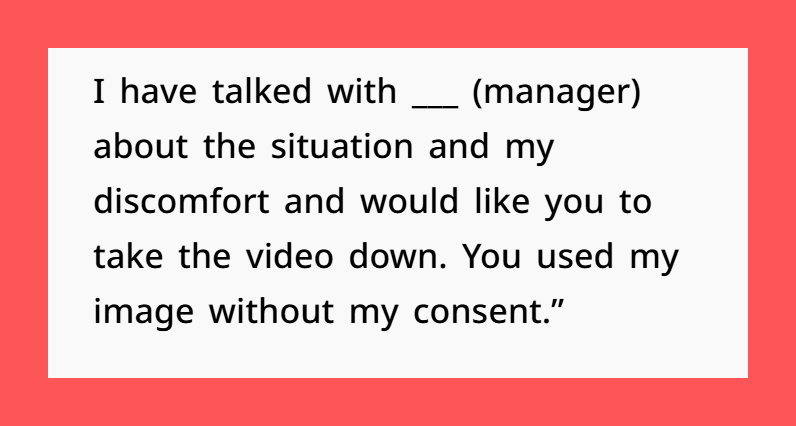
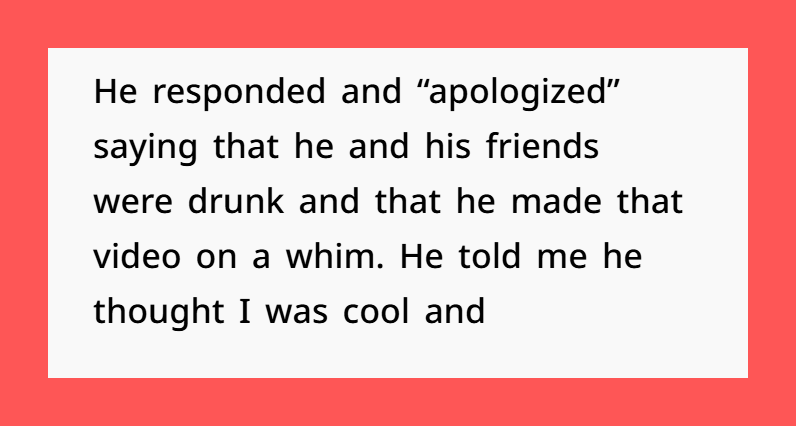


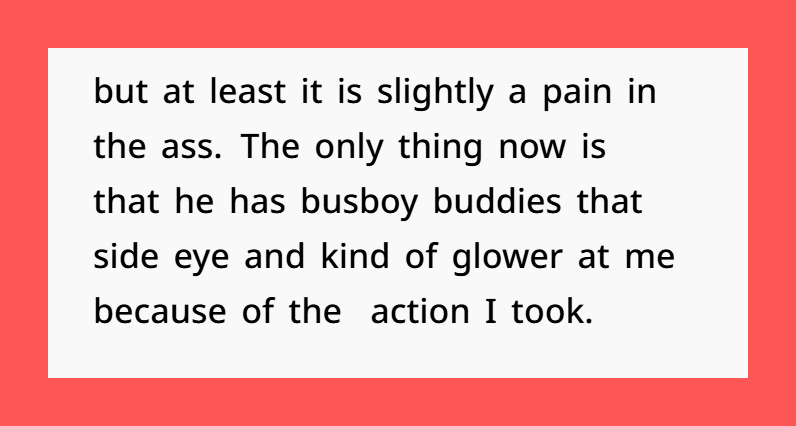


Understanding Workplace Harassment and Legal Frameworks

Workplace harassment encompasses unwelcome conduct based on race, color, religion, sex, national origin, age (40 or older), disability, or genetic information. Such behavior becomes unlawful when enduring it becomes a condition of continued employment or when it creates a work environment that a reasonable person would consider intimidating, hostile, or abusive. The U.S. Equal Employment Opportunity Commission (EEOC) enforces laws that protect employees from such discrimination and harassment.
Legal Implications of Unauthorized Use of Personal Images
The unauthorized use of an individual’s image, especially in a manner that subjects them to ridicule or sexualization, can have legal ramifications. While laws vary by jurisdiction, many states recognize the right to privacy, which includes protection against the unauthorized use of one’s likeness. In the workplace context, using a coworker’s image without consent, particularly in a manner that could be deemed offensive or harassing, may constitute a violation of workplace policies and could lead to claims of harassment or a hostile work environment.
Employer Responsibilities and Social Media Policies
Employers have a duty to maintain a workplace free from harassment and discrimination. This responsibility extends to the digital realm, where social media interactions among employees can impact the work environment. Implementing clear social media policies that prohibit the unauthorized use of coworkers’ images and outline acceptable online conduct is crucial. Such policies not only protect employees’ privacy but also mitigate potential legal risks for employers. For instance, some organizations have policies that ban the use of photos of coworkers without their express consent, emphasizing respect for privacy and dignity.

Case Studies and Precedents
Several legal cases have addressed issues related to workplace harassment and the unauthorized use of personal images:
- Robinson v. Jacksonville Shipyards, Inc.: In this case, the court recognized that the display of sexually explicit materials in the workplace contributed to a hostile work environment, highlighting that visual representations can constitute harassment.
- Meritor Savings Bank v. Vinson: The U.S. Supreme Court held that a claim of “hostile environment” sexual harassment is actionable under Title VII of the Civil Rights Act of 1964, even without economic harm to the employee. This case set a precedent for recognizing non-tangible forms of harassment.
- Culver’s Restaurant EEOC Lawsuit: The EEOC filed a lawsuit against operators of Culver’s restaurants in Michigan for allegedly firing employees who complained about a transphobic work environment. This case underscores the legal protections against retaliation for reporting harassment.
Steps to Address the Situation
When confronted with a situation where a coworker has used one’s image without consent in a manner that is offensive or harassing, the following steps are advisable:
- Document the Incident: Preserve evidence of the unauthorized use, such as screenshots or recordings of the content, along with any related comments or messages.
- Report to Management: Notify a supervisor or human resources department about the incident, providing the documented evidence and explaining how it has affected you.
- Utilize Company Policies: Refer to the organization’s social media and harassment policies to understand the procedures for addressing such issues.
- Seek Legal Counsel: If the internal resolution is unsatisfactory, consider consulting an attorney to explore legal options based on privacy rights and harassment laws.
- Report to External Agencies: If the behavior violates federal or state discrimination laws, filing a complaint with agencies like the EEOC may be appropriate.
She chatted with some folks in the comments

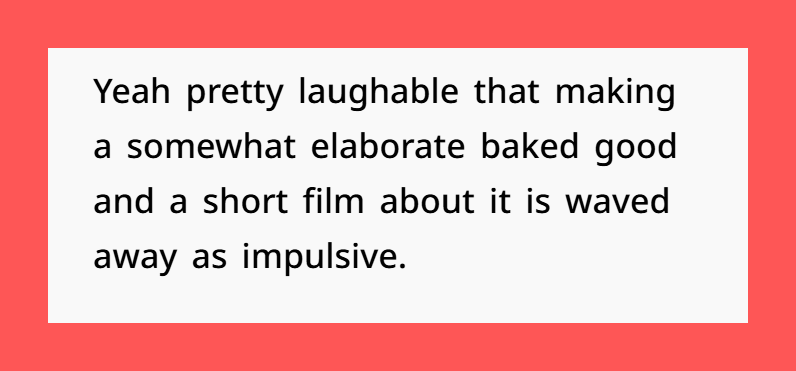

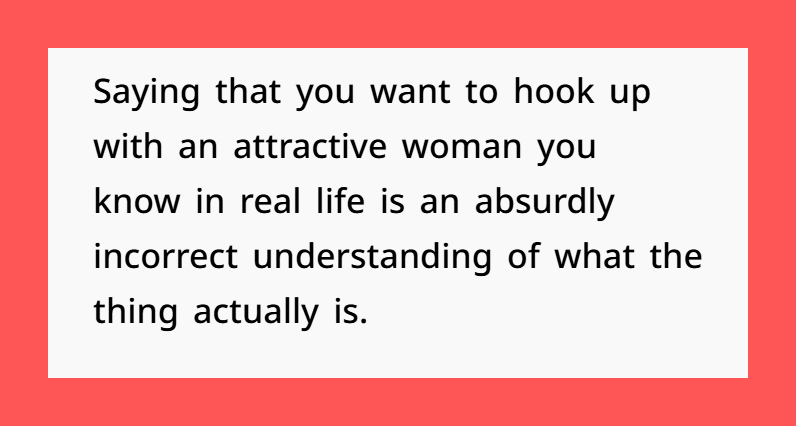
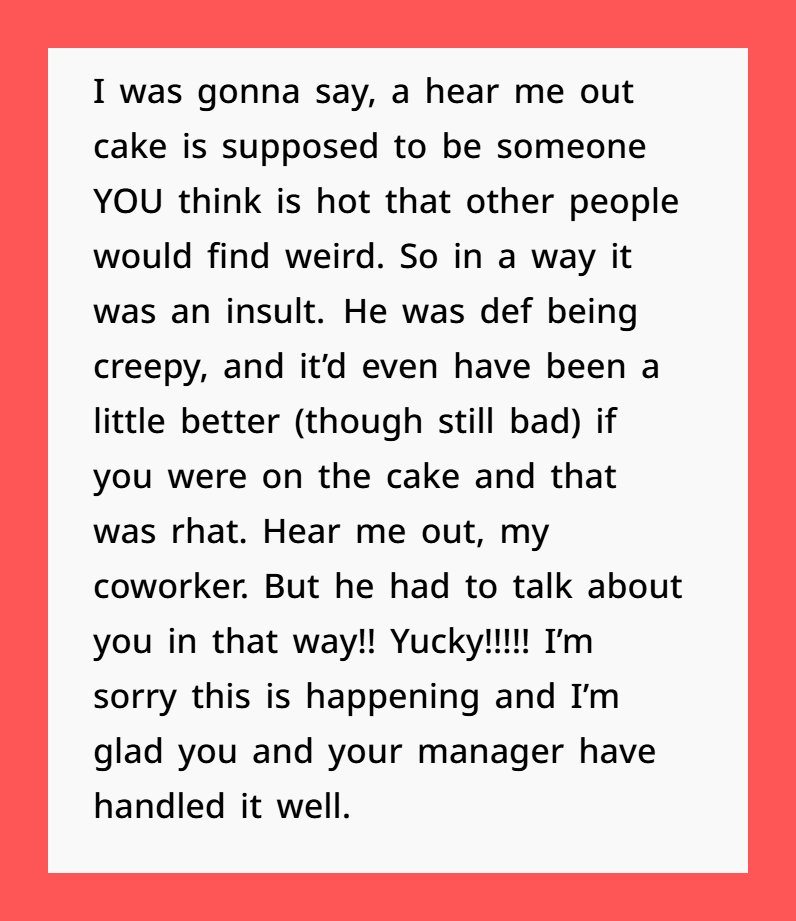
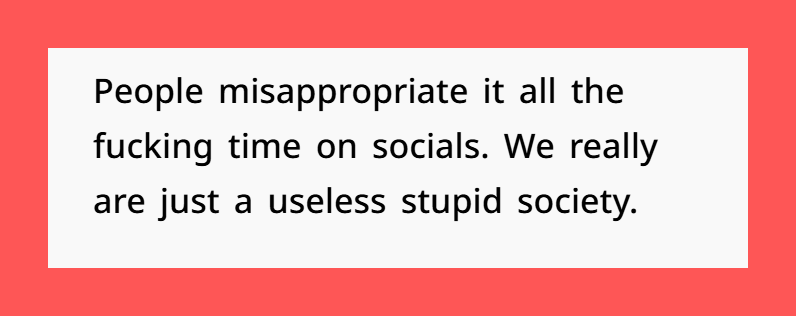

The integration of social media into daily life necessitates a reevaluation of workplace boundaries and behaviors. Unauthorized use of personal images by coworkers not only infringes on individual privacy but can also contribute to a hostile work environment. Both employees and employers must be vigilant in understanding and upholding legal and ethical standards to foster a respectful and safe workplace. Implementing comprehensive social media policies and providing training on digital conduct are proactive steps toward mitigating such issues.

